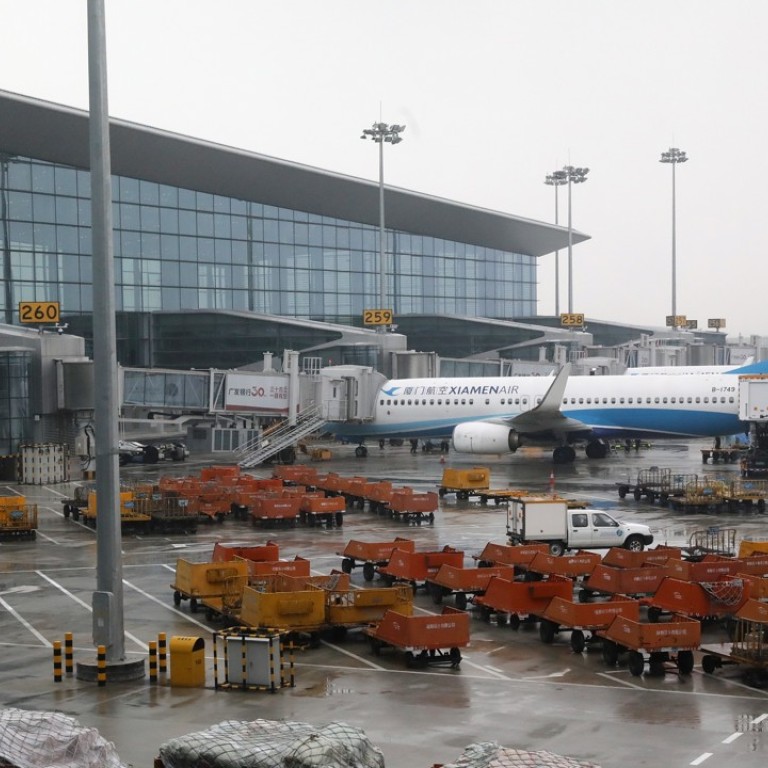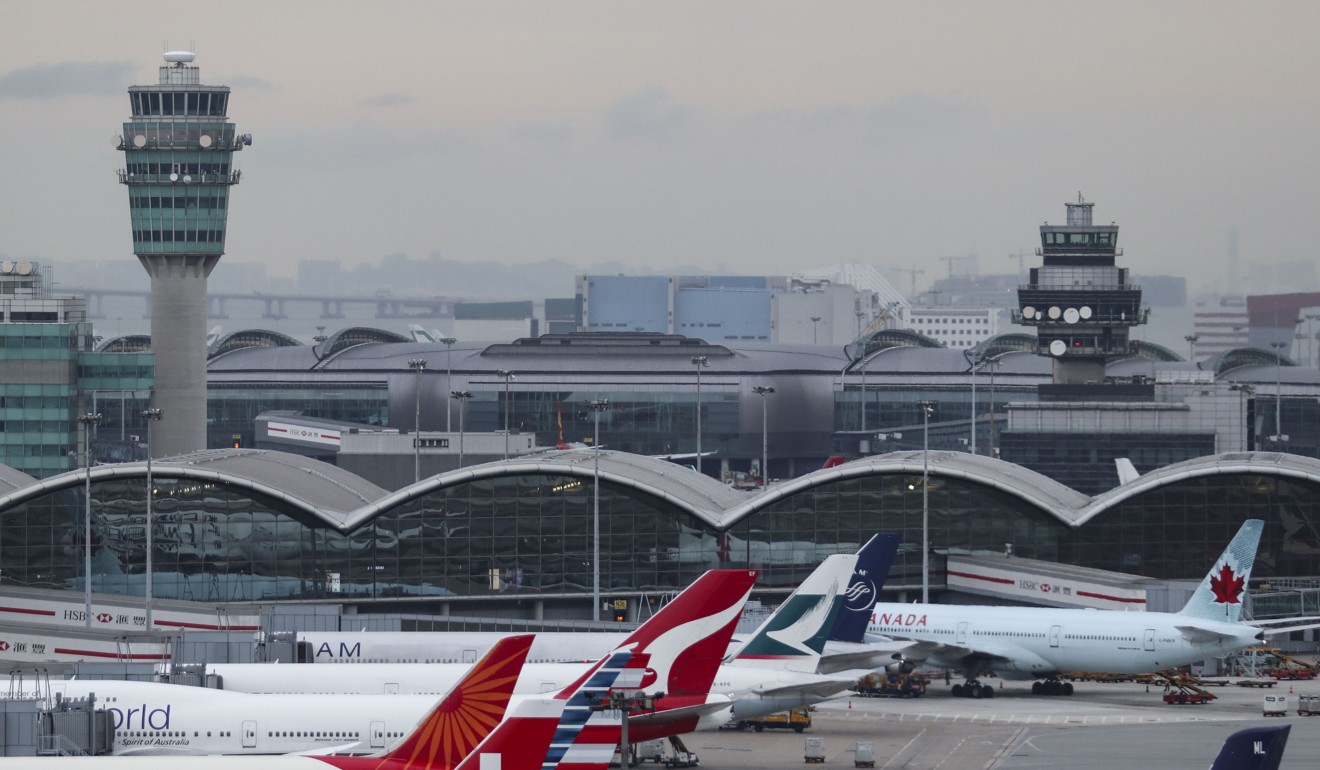
Guangzhou Airport expansion plans could see 30 new international flights in next three years
Industry experts say move could stoke yet more competition in already crowded skies, but airport boss cites ‘cooperation’ as key driver
Guangzhou is expected to have 30 new international flights in three years, increasing its reach to more than 100 cities globally as local authorities strive to market Baiyun Airport as an aviation hub.
Guangzhou is about 120km and a one hour high-speed rail journey from Hong Kong. Its airport was the 13th busiest last year and Hong Kong’s, the eighth.
Both share limited airspace with three other nearby airports — Macau, Shenzhen and Zhuhai — and this has led to flight delays in Hong Kong, and dampened its longer-term plans to increase aircraft movements.
Yet Zhang Kejian, chairman of Baiyun International Airport, stressed last week that he was not looking to muscle in on Hong Kong International Airport’s (HKIA) turf.
“Airports in the Greater Bay Area are not in a competing relationship, but cooperating to seek a win-win relationship.
“The aviation market is very large and the potential for development is still there,” Zhang said, insisting that HKIA was “a model for us to learn from”.
The chairman of HKIA’s operator, the Airport Authority (AA), previously said he believed there was enough business to go around, given that air travel in Asia is expanding at a faster place than anywhere else in the world.
Global aviation body the International Air Transport Association has said some 2.1 billion new passengers will take to the skies in the Asia-Pacific region by 2036.
Hong Kong International Airport to introduce charge for putting luggage onto carousel
AA chairman Jack So Chak-kwong, speaking to the Post last month, noted that total passenger numbers worldwide were forecast to rise by 5 per cent annually for the next 20 years, but in Asia the forecast rate was 6.5 per cent.
“The cake is getting bigger and I think the cake is getting bigger faster than we think. [The demand] is probably enough for everybody,” So said.
The cake is getting bigger and I think the cake is getting bigger faster than we think
Guangzhou’s airport opened in 2004 and now has three runways. It is still skewed towards domestic and regional travel, with 50 routes to Asian cities, six to Europe and five to North America.
Last year it handled 65 million passengers. On April 26, it opened a second passenger terminal costing 17 billion yuan (US$2.7 billion). The new facility will raise its capacity to handle 100 million passengers by 2025.
In comparison, HKIA has 112 routes to Asian cities, 25 to Europe and 10 to North America. Last year, 73 million passengers passed through its airport. It is spending HK$141.5 billion (US$18 billion) to expand the airport, including adding a third runway to handle 100 million passengers annually.
Shenzhen is also expected to announce a new passenger terminal and runway in the near future, while Zhuhai and Macau airports are currently underutilised.
In presenting their aviation blueprint last Tuesday, Guangzhou authorities said Baiyun Airport’s massive expansion of international flights would see it serve cities from southern Europe to Australia, including Boston, Chicago and Madrid. These are destinations already served by HKIA, with several started within the last three years

It is unclear if the routes were more of a wish list or if they were already planned by airlines. Carriers, and not airports, usually call the shots when it comes to adding new destinations and they typically do not announce routes more than 12 months in advance.
Fourth runway for Hong Kong unlikely, airport chief says
JP Morgan, which began research on Guangzhou’s airport this month, warned that “intensifying” competition among the region’s airports was a downside risk, despite greater cooperation planned for the Greater Bay Area.
Chinese aviation scholar Qi Qi, who attended the presentation last week, said the competing interests of the Greater Bay Area airports were harmful to the idea of a “win-win” relationship. In particular, Guangzhou and Hong Kong’s airports should recognise and respect each other’s ambitions to prevent an overlap, he said.
“Cooperation should not be limited to slogans or grand strategies, but should be realistic and practical, which means their interests should be aligned,” said Qi, an associate professor at Guangzhou Civil Aviation College.

Both Hong Kong, Guangzhou and the other three airports within the Greater Bay Area should have a division of labour so they can fully combine and integrate their resources, the key of which is airspace, Qi said.
An industry expert who is directly involved in the development of multiple Asian airports voiced doubt over Guangzhou’s plans, as it suggested airport and city officials would be the key driving force in launching new routes to fund the cost of development, but it remained to be seen whether the new long-haul routes would make money.
At the event, Sun Xiuqing, a city official overseeing aviation development, said Guangzhou’s “priority” was the development of an international aviation hub within three to five years.


